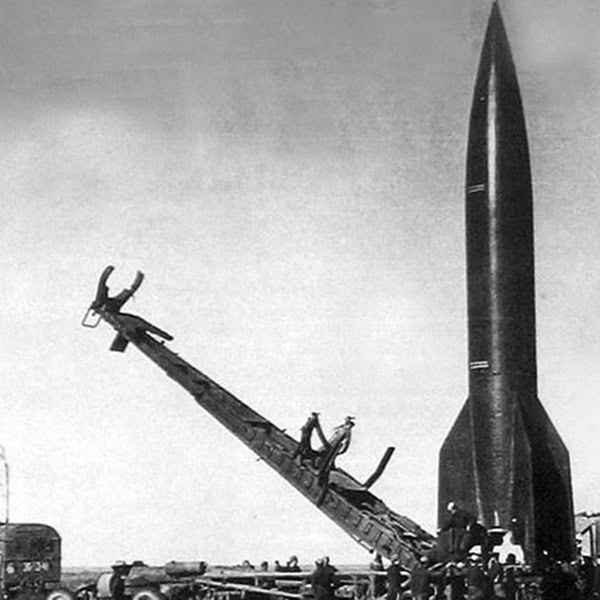
While the Western world often credits its early space program to the influx of German rocket scientists via Operation Paperclip, the Soviet Union ran its own parallel effort, though far more secretive– Operation Osoaviakhim.
Operation Osoaviakhim was meticulously planned and executed. The selected German specialists, including engineers, scientists, and technical workers, were transported under the cover of night to various research and development facilities across the Soviet Union.
Once relocated, the German specialists were assigned to various Soviet institutes and facilities. One of the central sites was the newly established NII-88 (Scientific Research Institute No. 88) in Podlipki (now Korolyov), near Moscow. Here, German and Soviet scientists collaborated on the development of rockets based on the German V-2 design.
Chief among the rising Soviet minds was Sergei Korolev, who would go on to lead the USSR’s push into space. Though the Germans helped the Soviets close a technological gap, it was Korolev and his team who leapfrogged the West by building a new generation of rockets. These weren’t just copies of the V-2, but innovations in their own right. The Soviets weren’t just racing the Americans; they were racing physics, budget constraints, and bureaucratic paranoia. And in this high-stakes competition, they were often winning.
R-1 and R-2
The first major step in Soviet rocketry was the R-1, a near-exact replica of the German V-2. Developed between 1946 and 1948 and first tested in September 1948, the R-1 stood about 14.3 meters tall, weighed approximately 13.4 tonnes at launch, and had a maximum range of around 270 kilometres. While it lacked strategic utility, it provided Soviet engineers critical hands-on experience with large liquid fuelled rockets.
The R-2, developed shortly after and first flown in 1950, introduced major improvements over the R-1. It increased the range to around 600 kilometres and incorporated a detachable warhead for better stability and accuracy. Standing 17.7 meters tall and weighing about 20 tonnes, the R-2 was a fully Soviet evolution, not merely a derivative. Its design incorporated a more efficient propulsion system and refined guidance controls, showcasing growing Soviet engineering confidence.
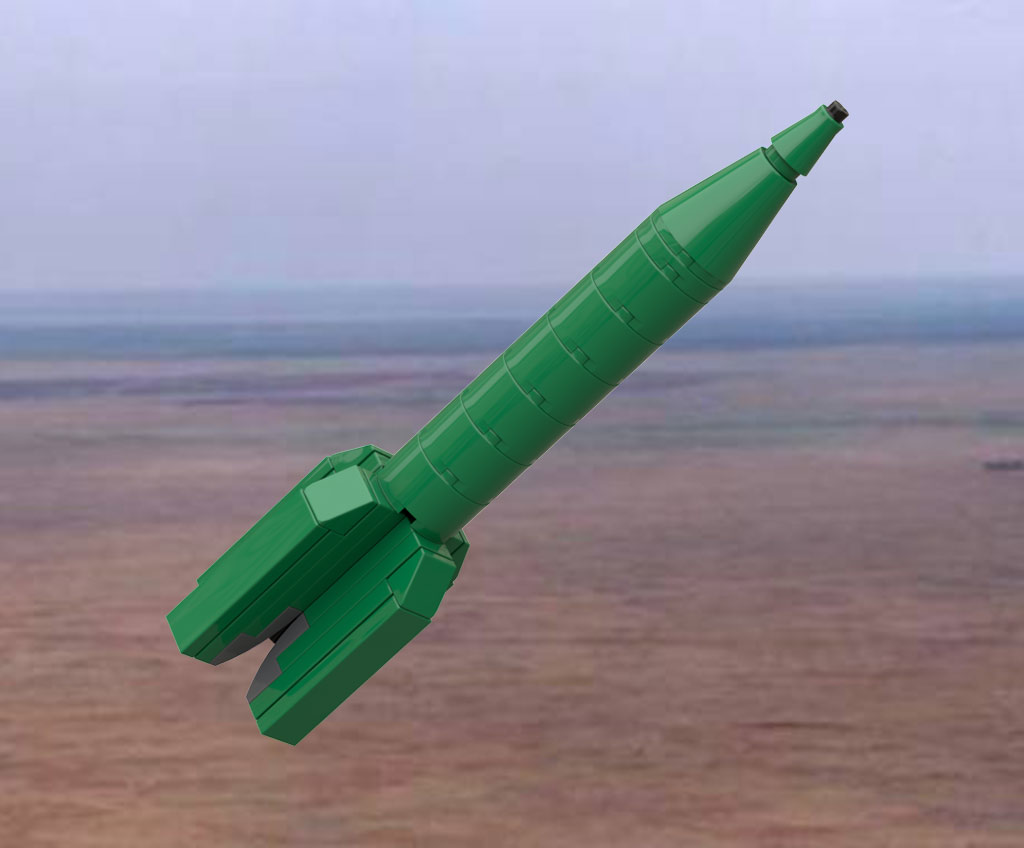
R-1 Scunner

R-1 Scunner
1st launch attempt: 10 October 1948
Launch Site: Kapustin Yar, Soviet Union
Orbital Type: Suborbital
Country of Origin: Soviet Union
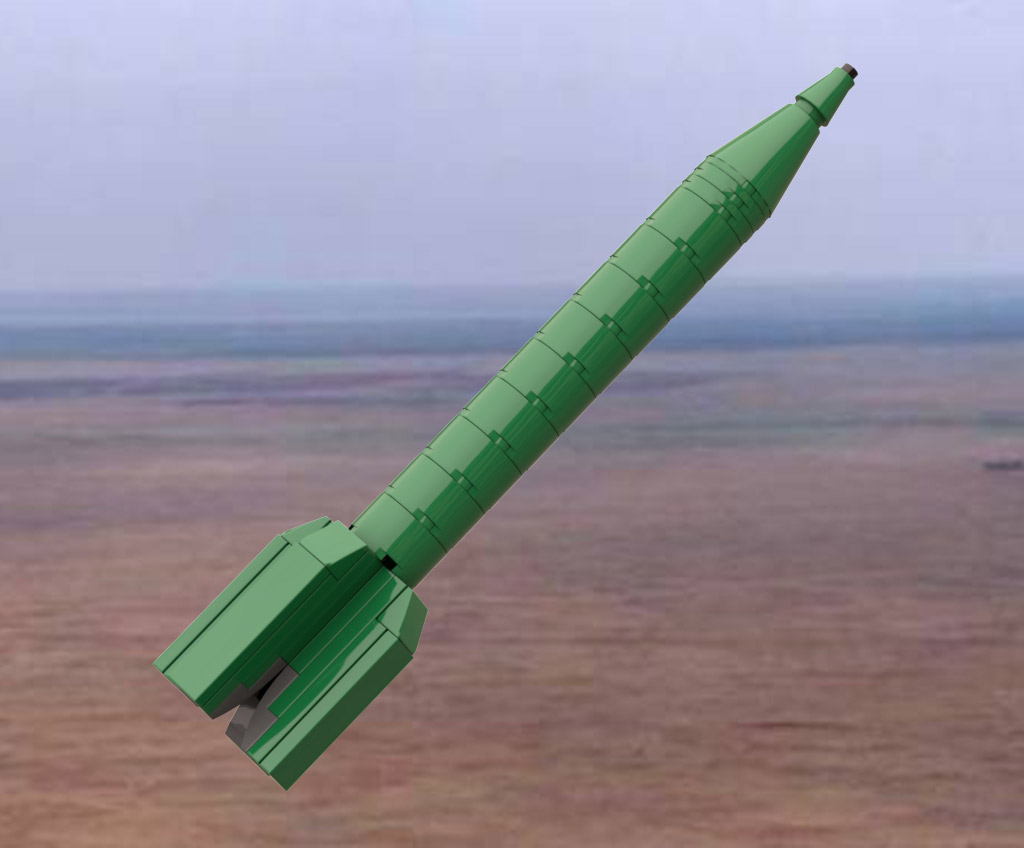
R-2 Sibling

R-2 Sibling
1st launch attempt: 25 September 1949
Launch Site: Kapustin Yar, Soviet Union
Orbital Type: Suborbital
Country of Origin: Soviet Union
The R-5, R-5m and R-5a
The R-3 project, proposed in 1947 and developed through the early 1950s, aimed to strike targets over 3,000 kilometres away with a single-stage missile. Korolev envisioned it as the Soviet Union’s first true intercontinental missile. Its theoretical design featured a 95-tonne launch mass, a range of 3,000–4,000 kilometres, and the use of liquid oxygen and kerosene as propellants. However, the engine performance and material tolerances required were well beyond the Soviet Union’s technological capabilities at the time.
By 1953, the R-3 had stalled due to insurmountable technical and financial challenges. Nonetheless, its ambitious design studies laid important groundwork for future developments. Concepts in propulsion, staging, and structural design from the R-3 directly influenced the creation of the R-5 missile.
First launched in April 1953 and entering service in 1956, the R-5 became the first fully Soviet-designed medium-range ballistic missile. It also marked the culmination of Soviet efforts to build on German V-2 technology. Standing 20.7 metres tall and weighing around 28 tonnes at liftoff, the R-5 could deliver a payload over 1,200 kilometres. It used a modified version of the R-2 engine, upgraded with increased thrust and improved guidance systems. Later Soviet missiles would move beyond V-2 heritage entirely, adopting new propellant combinations and engine architectures.
A key milestone came with the R-5M, first launched in January 1955. It was the first Soviet missile armed with a nuclear warhead—and the first to launch a live nuclear warhead in testing. Though nearly identical to the base R-5 in design, the R-5M featured an increased propellant load to accommodate the heavier warhead.
Another important variant, the R-5A, was developed for scientific purposes. First launched in February 1958, it was modified to support high-altitude research, including the carriage of biological payloads. This version played a pivotal role in early space medicine, launching dogs and instrumented capsules to altitudes exceeding 450 kilometres. The R-5A thus formed a critical bridge between military rocketry and space science, foreshadowing the Soviet Union’s coming achievements in orbital spaceflight.
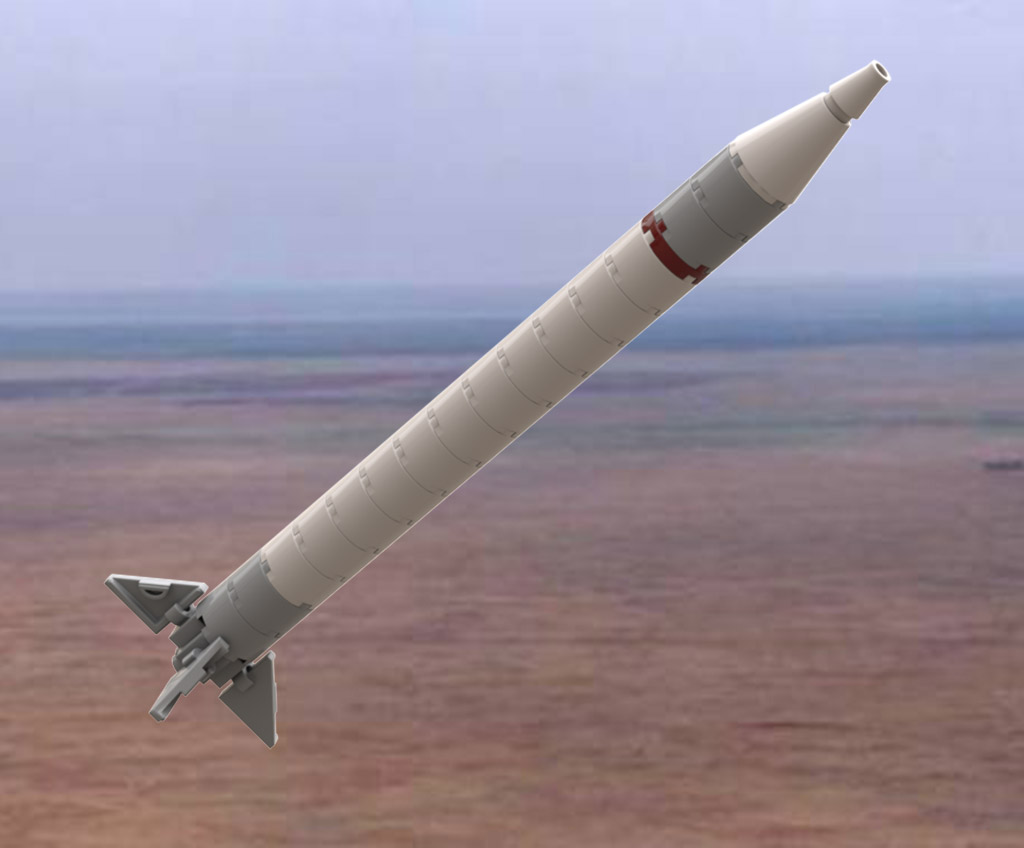
R-5 Shyster

R-5 Shyster
1st launch attempt: 2 April 1953
Launch Site: Kapustin Yar, Soviet Union
Orbital Type: Suborbital
Country of Origin: Soviet Union

R-5m Probeda

R-5m Probeda
1st launch attempt: 20 January 1955
Launch Site: Kapustin Yar, Soviet Union
Orbital Type: Suborbital
Country of Origin: Soviet Union
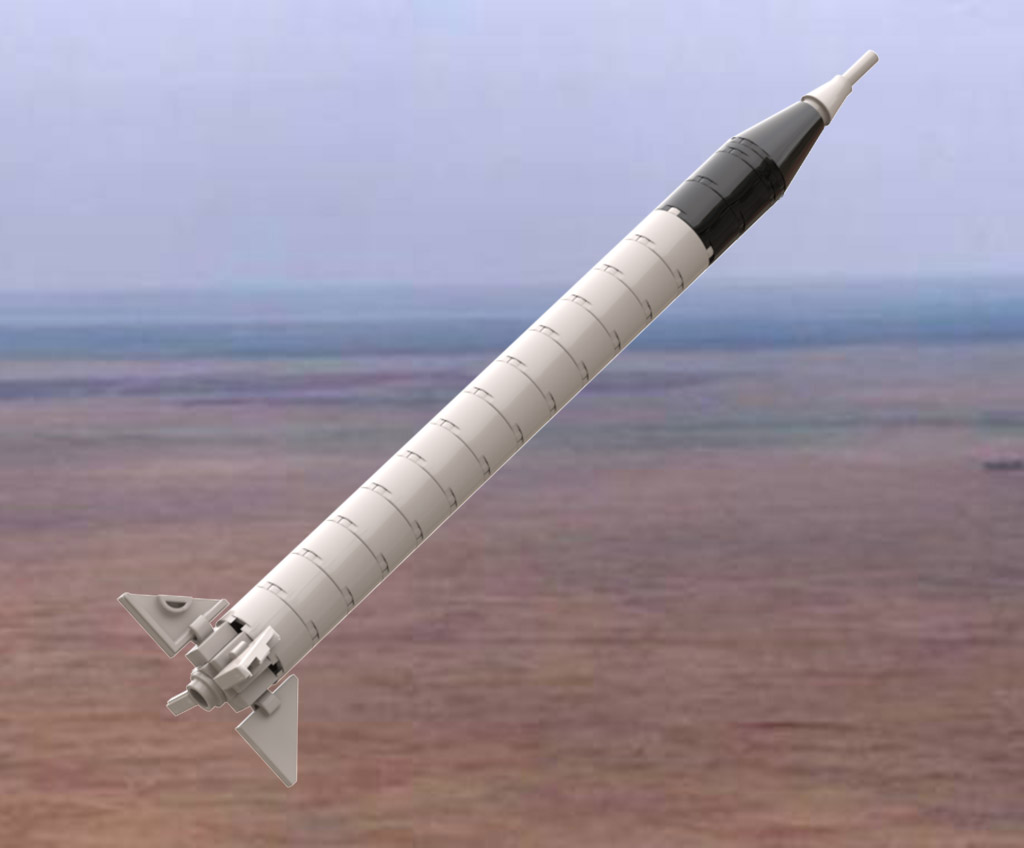
R-5a Vertikal

R-5a Vertikal
1st launch attempt: 21 February 1958
Launch Site: Kapustin Yar, Soviet Union
Orbital Type: Suborbital
Country of Origin: Soviet Union
The R-11 and R-17 ‘Scud’ Series
Parallel to Korolev’s long-range missile work, other Soviet design bureaus focused on shorter-range, tactical weapons. The R-11, developed by Viktor Makeev and flown in 1953, used storable propellants, making it faster to deploy and easier to transport. With a range of around 270 kilometres, it was compact and mobile. At 10.3 meters in length and about 5.4 tonnes in weight, it became the basis for the infamous Scud family.
The R-17 (Scud-B), which entered service in the early 1960s, extended the range to roughly 300 kilometres and featured improved reliability and accuracy. These weapons, unlike the long-range R-series, were battlefield tools. Though unrelated to space launch vehicles, their proliferation worldwide made them some of the most recognised Soviet rockets ever built.
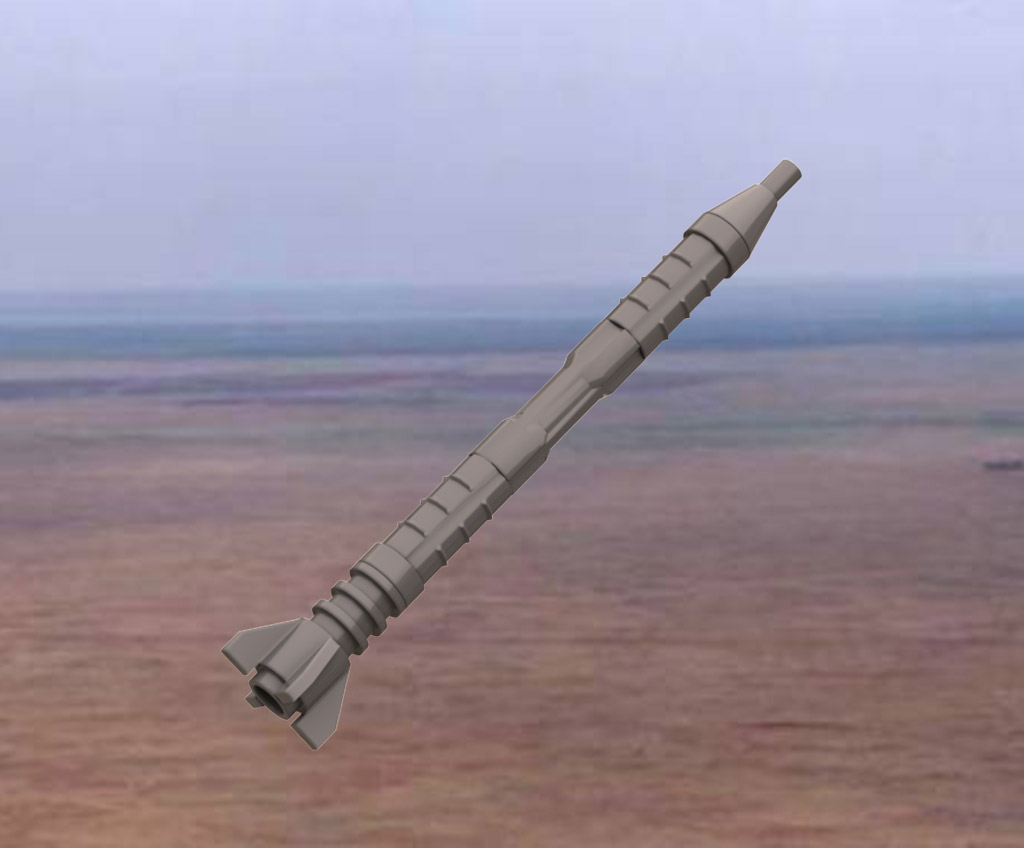
R-11 Zemlya

R-11 Zemlya
1st launch attempt: 18 April 1953
Launch Site: Kapustin Yar, Soviet Union
Orbital Type: Suborbital
Country of Origin: Soviet Union

R-17 Elbrus

R-17 Elbrus
1st launch attempt: 12 December 1959
Launch Site: Kapustin Yar, Soviet Union
Orbital Type: Suborbital
Country of Origin: Soviet Union
The R-7 Semyorka
The R-7 Semyorka was the world’s first intercontinental ballistic missile, first tested on 21 August 1957. Designed under Korolev’s leadership, it stood 34 meters tall, weighed about 280 tonnes at liftoff, and used a novel configuration: a central sustainer stage surrounded by four strap-on boosters, each powered by twin RD-107 engines. The central core used an RD-108 engine. This clustering solved the problem of lifting heavy payloads without a single massive engine.
Despite its groundbreaking range of over 8,000 kilometres, the R-7 was never a practical weapon. Its enormous size and long fuelling time made it vulnerable to a first strike. However, its exceptional lift capability made it perfect for space missions. The R-7 launched Sputnik, Luna probes, and eventually Yuri Gagarin. It was not just a missile; it was a foundational launch vehicle that reshaped history.
The R-12 and R-14
As the R-7 moved toward space applications, the Soviet military needed more practical nuclear delivery systems. Enter the R-12 (SS-4), first launched in 1957 and operational by 1959. Standing 22.1 meters tall and weighing around 41 tonnes, the R-12 used storable hypergolic propellants and could deliver a 1,600 kg warhead up to 2,000 kilometres. Unlike the R-7, it was road-mobile and much more practical for deployment.
The R-14 (SS-5), first flown in 1961, extended that range to 3,700 kilometres with improved accuracy and payload capacity. It was 24 meters tall and weighed approximately 87 tonnes. These missiles became the Soviet Union’s primary strategic deterrents through the early 1960s. Though they never flew to space, they were pivotal in Cold War geopolitics, especially during the Cuban Missile Crisis.

